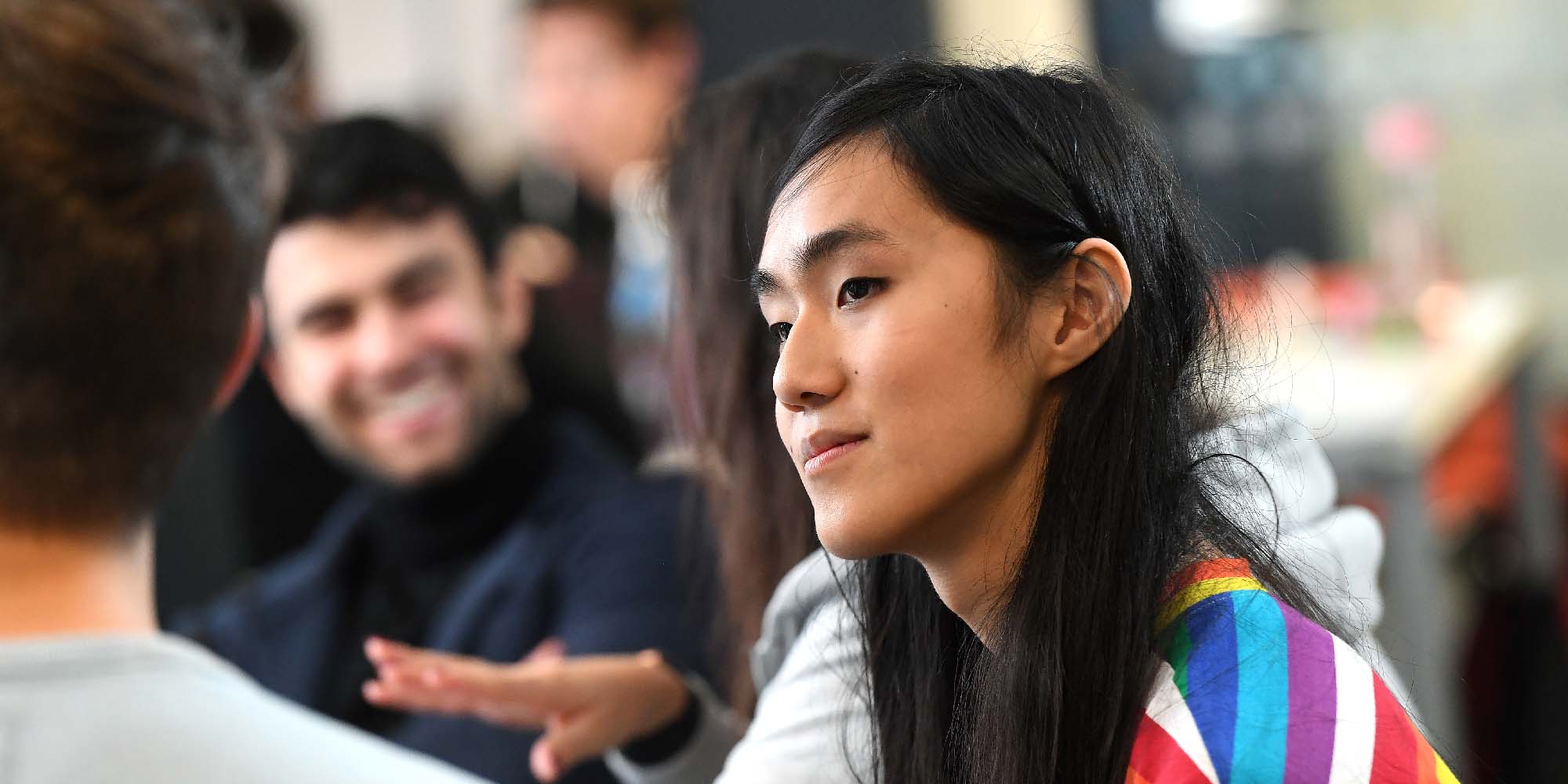Postgraduate research opportunities Quantum properties of integrated frequency combs for applications in computing, communications and sensing
ApplyKey facts
- Opens: Wednesday 1 December 2021
- Deadline: Sunday 18 September 2022
- Number of places: 1
- Duration: 3.5 years
- Funding: Home fee, Stipend
Overview
This experimental project will investigate the quantum properties of the frequency combs generated via parametric processes in integrated platforms (waveguides and microresonators). The student will work on the generation, characterisation and applications of highly entangled cluster states.Eligibility
To enter our PhD programme applicants require an upper-second or first class BSc Honours degree, or a Masters qualification of equal or higher standard, in Physics, Engineering or a related discipline.

Project Details
Quantum states of light are playing an increasingly important role in the applications of quantum technologies, ranging from secure communications to enhanced computing and sensing (imaging, spectroscopy, etc.). At the core of these applications lies our ability to generate the required quantum states, from entangled to single photons, and squeezed states. In recent years, the quantum optics community has been looking at integrated optical circuits for further pushing the development of quantum technologies [1]. On the one hand, reduced size and robust devices support quantum technologies applications outside research laboratories. On the other hand, the capabilities allowed by integrated circuits enable the study of novel physical processes.
This project will investigate how to exploit the quantum frequency combs generated by on-chip spontaneous parametric processes as tool for quantum computing. By harnessing the quantum properties of integrated frequency combs, the student will develop a novel quantum light source of cluster states for one-way (or measurement-based) quantum computing [2]. The project will encompass a combination of nonlinear and quantum optics, as well as integrated photonics. It will involve experimental and numerical/theoretical studies.
The student will work on the design and characterisation of integrated structures, optical systems, nonlinear frequency conversion, generation and characterisation of quantum states (e.g., entangled photons), and software coding. They will use numerical modelling methods to design optimised integrated devices that will be fabricated via academic collaborators or commercial foundries. They will then be responsible for building the experimental setup based on the designed optical chips, exploiting our state-of-the-art photonics laboratories equipped with classical and quantum characterisation tools (e.g., single-photon detectors).
The successful candidate will join our expanding research group that provides a collegiate, vibrant, and welcoming environment. Research findings will be published in high-impact journals with the opportunity to present at international conferences.
The studentship is co-funded by the Fraunhofer Centre for Applied Photonics, Glasgow, UK, giving access to their expertise and prototyping facilities and promoting collaborative work with technology users.
References
[1] L. Caspani et al., “Integrated sources of photon quantum states based on nonlinear optics”, Light: Science & Applications 6, e17100 (2017).
[2] C. Reimer et al., “High-dimensional one-way quantum processing implemented on d-level cluster states”, Nature Physics 15, 148 (2019).
[3] F. Mondain et al., “Chip-based squeezing at a telecom wavelength”, Photonics Research 7, A36 (2019).
Institute of Photonics
The Institute of Photonics (IoP), part of the Department of Physics, is a centre of excellence in applications-oriented research at the University of Strathclyde - The Times and Sunday Times Good University Guide 2020 Scottish University of the Year, The Queen’s Anniversary Prize for Higher and Further Education 2019, The Times Higher Education UK University of the Year 2019/20 (and 2012/13), The Times Higher Education Widening Participation Initiative of the Year 2019 and UK Entrepreneurial University of the Year 2013/14. The Institute’s key objective is to bridge the gap between academic research and industrial applications and development in the area of photonics. The IoP is located in the £100M Technology and Innovation Centre on Strathclyde’s Glasgow city centre campus, at the heart of Glasgow’s Innovation District, where it is co-located with the UK’s first Fraunhofer Research Centre. Researchers at the IoP are active in a broad range of photonics fields under the areas of Photonic Devices, Advanced Lasers and Neurophotonics, please see our research.
Funding details
Scholarships (fees and stipend) is primarily available for home students. EU/International students should get in touch to discuss possible further scholarship opportunities.
While there is no funding in place for opportunities marked "unfunded", there are lots of different options to help you fund postgraduate research. Visit funding your postgraduate research for links to government grants, research councils funding and more, that could be available.
Apply
Applicants should send an up-to-date CV to iop@strath.ac.uk in the first instance.
Number of places: 1
To read how we process personal data, applicants can review our 'Privacy Notice for Student Applicants and Potential Applicants' on our Privacy notices' web page.
Contact us
Please send enquiries to Dr Lucia Caspani - lucia.caspani@strath.ac.uk or visit the Institute of Photonics webpage.


